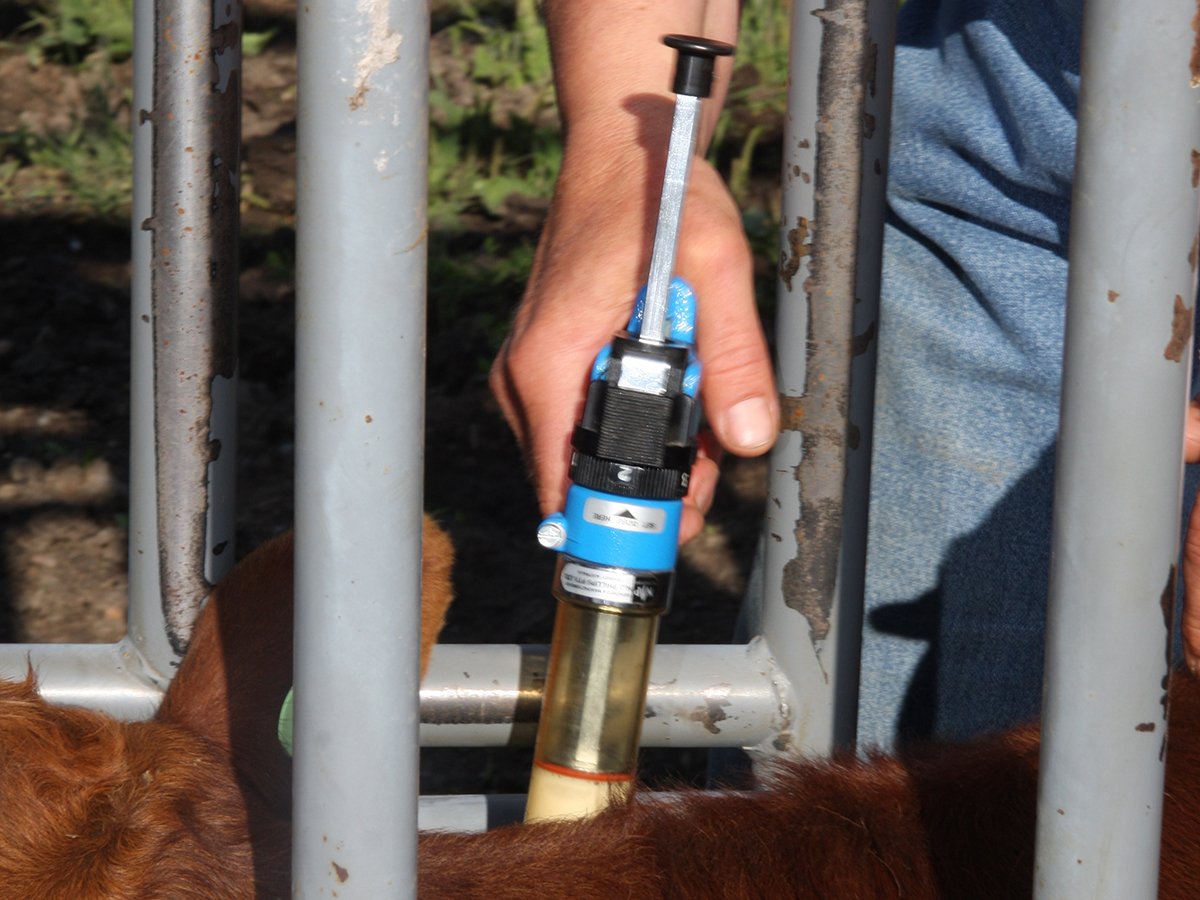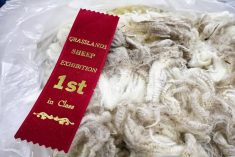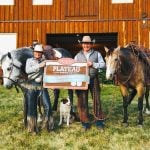Newborn piglets, like human babies, have basic needs fundamental to their survival, an American veterinarian told a swine conference in Saskatoon March 27.
James Lowe, director of health and production services with Maschhoffs Farms of Carlyle, Illinois, said a piglet’s body temperature can quickly drop four degrees from its birth temperature of 40 C.
It can take four days to return to normal, said Lowe, a featured speaker at the Focus on the Future conference.
Maschhoffs, which has 110,000 sows, keeps the pigs warm by towel drying them at birth.
Read Also

Canada must address potential veterinary drug shortages
If critical products are unavailable when needed, it could result in unnecessary human and animal deaths in the worst-case scenario.
“Keep baby pigs warm at birth so they can get up and get a good drink of colostrum,” said Lowe. “Survival is highly driven by the amount of colostrum uptake in the first 12 hours.”
Lowe also advised matching the number of piglets to the number of functioning teats on the sow and treating sick animals.
He said a litter’s health is directly related to the sow, which needs special attention before and as it gives birth.
“We need to be there when the sow is farrowing and assist her when she’s struggling,” he said.
Workers need to be aware of a sow’s body composition and fat before placing it in the farrowing crate.
A day before farrowing, Lowe recommended feeding the sow a maintenance ration.
“It’s been shown that sows with full intestines during farrowing struggle to get those pigs pushed out in an efficient manner,” he said.
Lowe said good growth and finish responses occur in those piglets that stay with the lactating sow for about 21 days. The schedule also keeps the sow in good shape for the next litter.
Standardizing practices in swine operations will enhance productivity, efficiency and animal welfare, he said.
“It’s about taking care of the pig and doing the right thing. As long as you take care of the pig, the pig’s going to take care of us.”
Mike Sheridan, a veterinarian and swine specialist at Steinbach, Man., said most in the industry understand that good husbandry is also good business.
“Sometimes there are directives that come from management that do not always keep that in focus,” he said. “I question whether they will remember there is a pig involved there.”
Some pigs need more or less feed, based on their genetics, weaning age, conditioning and the number of pigs in a space, Sheridan said.
He also cautioned against pulling young pigs off sows at the wrong time, saying people must consider a piglet’s ability to cope in a new environment with a mix of ages in a pen.
Sheridan advised tempering business decisions with the basic social and biological needs of the pig.
“You still need to remember there are individual needs of the animals.”
Animal welfare should matter to swine operators because it is becoming increasingly important to consumers, he said.
He encouraged producers to lead any changes such as the move away from gestation crates and to base decisions in science.
“If industry is going to initiate change, it should be riding it right through to the end to make sure the model is right for the pig,” he said.
Sheridan said gestation crates could still play a role for sows at weaning time when they are sore and uncomfortable from ending lactation. The crates would give them some protection from being jostled then and during the early stages of pregnancy.
The 35 to 40 days after insemination are critical for establishing a pregnancy in a sow.
“Any physical activity or trauma can be very damaging to the litter,” he said.















